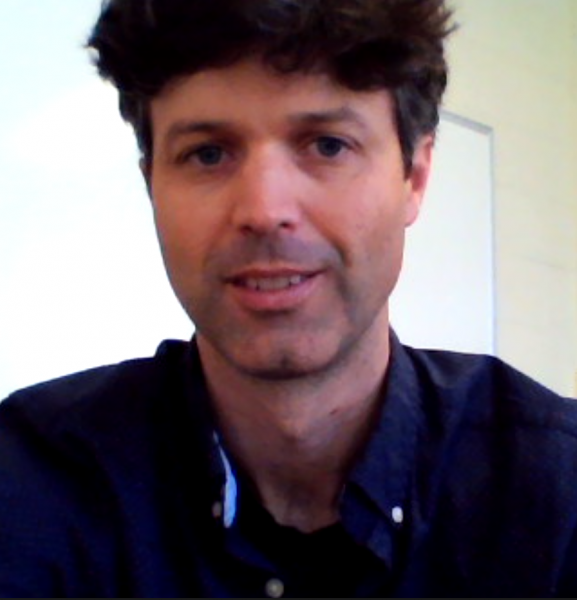Asperity interactions in laboratory earthquake sequences illuminate delayed earthquake triggering
Greg McLaskey
Cornell University

- Date & Time
- Location
- Online-only seminar via Microsoft Teams
- Summary
Earthquakes occur in clusters or sequences that imply heterogeneous fault properties and complex triggering mechanisms. We have developed a laboratory experiment and supporting numerical simulations that illustrate delayed triggering and repeating interactions between two seismic asperities that result from locally high normal stress. We utilize a 0.76 m hybrid sample composed of quartz gouge sandwiched between forcing blocks of acrylic plastic. The plastic is about 15 times more compliant than rock, so, elastically, the sample behaves like an 11 m rock sample. However, the quartz gouge friction evolves with continued shear strain from velocity strengthening to velocity weakening, so a rich suite of behavior is observed ranging from periodic repeating earthquakes that transition into aperiodic and complex sequences of fast and slow events. Quartz gouge friction evolution is very well documented in previous studies using rate- and state-dependent friction parameters, which we utilize as inputs to our supporting numerical models. Using the experiment-modelling combination, we describe how dynamic ruptures initiate on the high-normal-stress asperities and propagate into the surrounding region, followed by expanding postseismic slow slip that we describe as creep fronts. Early in the experiment, the sample exhibits highly periodic behavior, but later in the experiment the speed and strength of creep fronts become highly sensitive to the stress levels left behind by previous ruptures, and this causes more varied behavior and sequences that are not periodic and far less predictable. This change in behavior is a result of the friction evolution with continued slip and is quantitatively explained by a crossover from hypocentral forcing-dominated creep fronts early in the experiment to fault overstress-dominated creep fronts later in the experiment. In the latter case, the propagation characteristics of creep fronts and delayed triggering can be used as an on-fault stress meter.
Closed captions are typically available a few days after the seminar. To turn them on, press the ‘CC’ button on the video player. For older seminars that don’t have closed captions, please email us, and we will do our best to accommodate your request.
 Jump to Navigation
Jump to Navigation